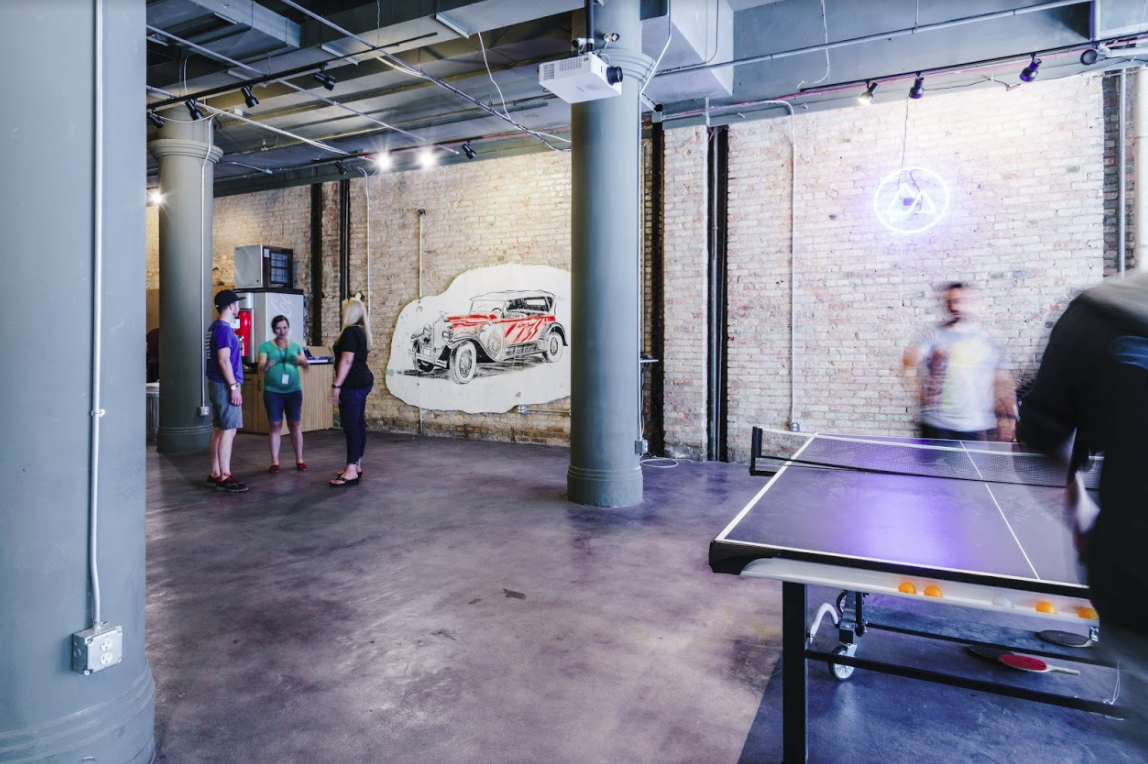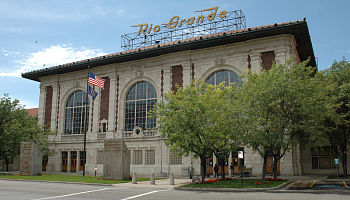“Old ideas can sometimes use new buildings. New ideas must use old buildings.” - Jane Jacobs
Along with downtown Salt Lake City’s rich cultural and religious history, our urban center is also home to countless historic buildings and storefronts. From the First National Bank Building that housed Salt Lake City’s first public reading room to the Boston and Newhouse Buildings, designed by Samuel Newhouse (who designed the Flatiron Building in New York), downtown is full of architecture that gives the city a memorable and emblematic skyline, complimented by a backdrop of the Wasatch Mountains. Two of downtown’s iconic structures, the Felt and Clift Buildings, have recently undergone renovations that are breathing new life into the historic structure. At both nearly 100 years old, are among the earliest skyscrapers in downtown and stand as excellent examples of the possibilities of adaptive reuse.
The Felt Building
Named after Charles B. Felt, the Felt Building (341 South Main Street) was one of Salt Lake City’s first buildings to be built of steel and concrete in 1909. Charles Felt was the secretary of Salisbury Investment Company led by O.J. Salisbury, a major developer of Salt Lake City at the time. First conceived as a way to shift the business district to the south side of downtown, this five-story building features an ornate terracotta facade. Throughout its life, the Felt Building has featured a diverse portfolio of businesses, from brothels and cigar shops, to law offices. It contains nearly 58,000 square feet of historic office and retail space. The Felt Building is currently home to several creative technology and professional service firms including DevMountain, one of several software programming schools located downtown.
As the technology industry continues to blossom in downtown, a diverse and creative building stock is increasingly valuable to the urban center. Newer firms moving downtown are typically smaller and are looking for a space to incubate, work and explore the ideas. Historic buildings attract visitors and residents alike, reinvigorating a typically lesser trafficked area.
Renovating old buildings can be a costly undertaking, so Salt Lake City has provided tools for developers and property owners. The renovation of the Felt Building was made possible by a Building Renovation Loan provided by the Redevelopment Agency of Salt Lake. Located on Main Street, right next the Boston Building in the heart of downtown, the fully leased Felt Building serves as a prime example of giving old buildings new life.
Before:

After:

The Clift Building
Francis Clift was a pioneer who traveled to Utah by ox team alongside the Walker Brothers in 1851. After arriving in Utah, he took to mining as a stable source of income, and later became a major financier. Francis Clift died in 1913 and left behind a large estate for his wife, Virture Butcher. She later commissioned the Clift Building (10 West Broadway), which stood on the old site of a popular boarding house in the late 19th century. Today, the eight-story building on the corner of Main Street and 300 South sits as a beautiful example of Second Renaissance Revival Style architecture and was submitted to the National Register of Historic Places in 1982.
Anchored on Main Street in downtown, the Clift Building sits across from the Judge Building (8 East Broadway) built in 1909. When first erected, the Clift housed businesses like Shubach Optical Company, Western Union Telegraph and the Kinema Theater. At one time, the theater was the go-to place, and a film in the 1920s titled Shipwrecked Among Cannibals, played at the theater for a “record breaking” seven days. The Kinema Theater remained in operation until 1968. Although tenants have come and gone, the Clift Building has remained a stoic icon among downtown buildings. It is one of the largest terracotta faced buildings in Salt Lake City and has exquisite detail. The upper floors of the building are the most ornate, which feature bay windows and intricate Greek pediments.
Although the facade of the building has remained mostly unchanged, the inside of the building has undergone renovations in recent years. To the surprise of the architects and engineers of the project, the Clift Building was not what it appeared to be. After tearing out a false ceiling, workers discovered towering 15 foot ceilings, and even ash and soot residue on the walls and ceiling from a building fire some believe happened when the building was first constructed. Construction in the early 20th century was challenging. Building materials were expensive and often scarce, so when beams were too short, workers and engineers used make-shift materials like railroad ties to complete them.
Early in 2017, MGIS signed a 10-year lease on almost 13,000 square feet within the historic Clift. MGIS is an insurance firm based out of the Bay Area.
As downtown continues to attract businesses old and new, historic buildings will be an integral part of that success.
Renovations of historic buildings have become commonplace in Salt Lake City as old buildings provide new opportunity for unique office space for tech firms, law offices and numerous other businesses. This makes the rich historical context of these buildings a coveted asset to many. Although new buildings like 111 and 222 Main offer exceptional office space with a new urban flare, the historic significance and rustic charm of these old buildings is not to be overlooked.




